Date: 17 November 2001
By the year 2010, Schott aims to be the number one or number two player among suppliers of photovoltaic systems. The new Schott subsidiary has more than 20 years experience in the market, which can now be combined with the parent company’s well-developed global sales network. Why photovoltaic? This is an obvious question for those who know Schott as a manufacturer of special glass. “The photovoltaic market is growing at a rate of 20 to 25 percent a year,” said photovoltaic segment manager Michael Harre. “This offers Schott good opportunities for development. For a start, photovoltaic has a lot to do with glass and glass handling. This new business is also an excellent fit with our Vision 2010, the core purpose of which defines that we will improve how people live and work through expert solution. And finally, photovoltaic is now a global market. Schott’s international network puts us in a very good position to tackle the market.”The economic efficiency of photovoltaic arrays is often underestimated. “One of the reasons is that we generally only think of state subsidized projects such as the ‘100,000 Roof Program’ in Germany,” says Harre. In fact it is hard to conceive the on-grid share (connected to public utilities) of the market without subsidies. In so doing, people overlook the many off-grid applications. These arrays actually are cheaper than the costs associated with connection to the grid. Examples include parking meters, emergency telephones and traffic signs on motorways, as well as telecommunications networks.
In a vast and thinly populated continent like Australia, photovoltaic generators are also used in telecommunications as they are considerably more durable than diesel generators. Solar powered generators usually have an operating guarantee of 25 years. “Two thirds of the photovoltaic market is also attractive from a purely economic point of view”, states Harre. This also guarantees companies operating in this business a certain degree of autonomy from political decisions. In the long term the trend is towards environmentally friendly energy. According to a study carried out by Shell, the climate protection target to significantly reduce carbon dioxide emissions can only be achieved by supplying half of the world’s energy requirements with renewable energy by the year 2060.
A large market for photovoltaics is opening up in the structurally weak countries of the Third World. Here solar energy offers the only possibility of providing billions of people with electricity for lighting, refrigeration and communications – and that without placing additional burden on the environment. This too is an important reason for Schott’s commitment to photovoltaics. SAPC’s experience in this area provides an excellent foundation. It has already carried out several projects in rural areas in Brazil, Mexico, India, Bolivia, Kenya and Sri Lanka.
From the technical point of view, Schott’s expertise in the development, production and coating of glass make the photovoltaics business very attractive. Although the conventional silicon wafer technology will continue to dominate the market in the foreseeable future, in the long term, experts see a trend towards thin film solar modules which promise to be significantly less expensive to make. These consist of glass or metal panels several square meters in size, onto which a layer of semiconductor material only a few micrometers thick is applied. In this way large size solar cells can be produced quickly and with low material and energy usage. These cells still lack efficiency (approx. 8%) but research is currently concentrated on increasing this. The efficiency of screen printed solar cells is 12 to 15 percent. The thin film technology shows potential for good long term growth.

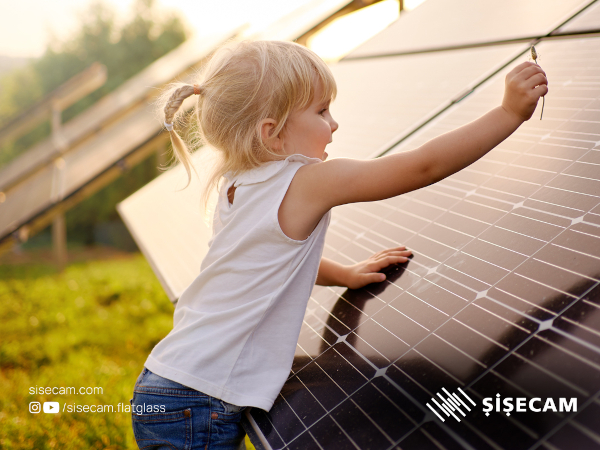
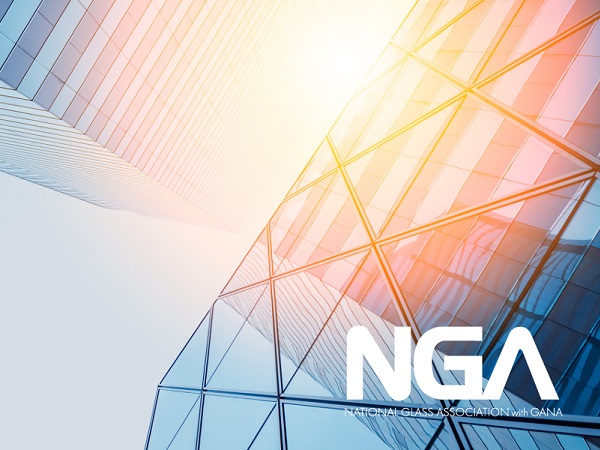


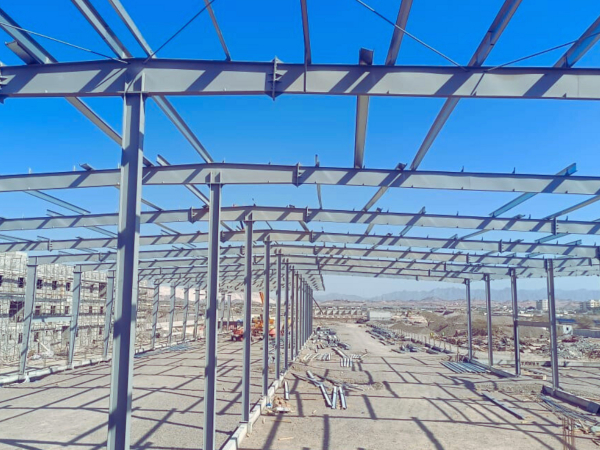







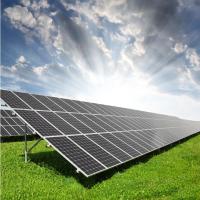
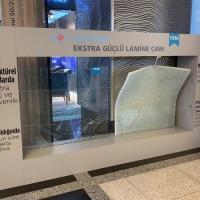
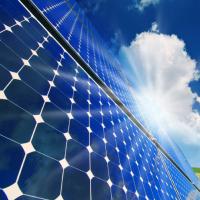
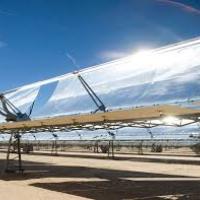
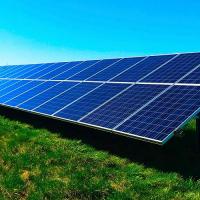
Add new comment